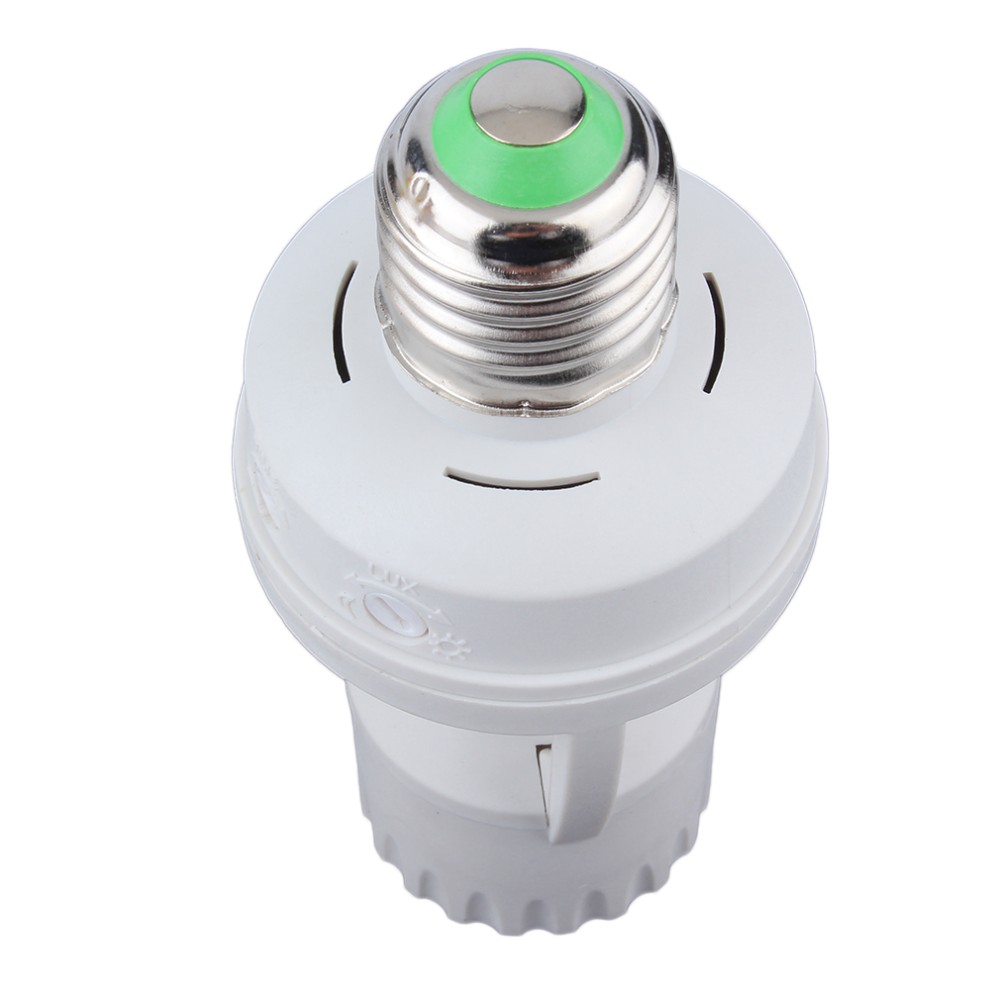
There are various motion detectors on the market, and choosing one can be tricky. In addition, you can set your detectors to trigger video feeds and recordings so you can see exactly who’s creeping about in your living room. Nothing frightens burglars away quite like flashing lights and sirens. For instance, you can configure a motion sensor to trigger a light or alarm. In fact, if you purchase motion sensors as part of a larger home security system, you’ll find they work great in conjunction with other components. The motion detectors send alerts to the monitoring service, which calls emergency services for you.
Motion sensor professional#
Once they’ve alerted you, you can contact emergency services for help.īetter yet, if you’ve added professional monitoring to your security system, you won’t have to worry about your sensors at all. Obviously, they alert you immediately if someone is in your home who shouldn’t be. You can use motion sensors in a number of ways, but their primary use is as security devices. If you want to keep your home safe from intruders, the answer is always going to be yes. Why Do I Need a Motion Detector?Īsking whether you need a motion detector is a little like asking if you need a home security system. As a result, such detectors can cover large areas and hide behind objects or within walls. THE MORE YOU KNOW: Because they rely on radio waves, tomographic motion detectors work through walls. They send out pulses of infrared light and measure the speed at which this light reflects off of objects. However, while PIR detectors are passive, collecting infrared light, area reflective sensors are active, like microwave or ultrasonic detectors.
Motion sensor verification#
This verification method helps prevent false alarms. Both sensors have to detect movement before the detector registers that movement. The advantage of dual-technology sensors is that they verify one another. Dual Sensorsįinally, you can purchase detectors that use both kinds of technology, PIR and microwave. If anything moves, that movement changes the object’s reflection rate, which registers as motion. The sensor measures the reflection rate for these objects, which lets it know exactly how far away they are. These detectors send out microwaves constantly, which hit objects and bounce back to the sensor. The second common type of motion detector uses microwaves to read a space and detect movement. 2 This quality makes customizable motion detectors great additions to pet-friendly security systems. In other words, detectors with segmentation will alert you if there’s a home invader, but not if your cat happens to stroll through your living room. As a result, you can configure detectors to ignore certain types of motion or motion in specific zones. The segments allow you to focus on some areas of a space and ignore others.

The lenses on many of these motion detectors are broken into segments. One consequence of this process is that PIR detectors can only detect rapid movement, changes in temperature that happen quickly enough to create a difference between what the two sensors see. Any difference between what these two sensors are “seeing” creates a pulse that signals “movement.” The second sensor detects any sudden temperature changes in the space. In other words, it creates a picture of how the space looks under normal conditions. One of the two sensors reads the ambient temperature of the space the detector is monitoring. The casing prevents noise, temperature, and humidity from affecting the sensors. These sensors are housed behind a lense in a hermetically sealed metal casing. The detector itself contains two separate sensors, each made of a special material that is sensitive to infrared light.

Infrared sensors work by collecting infrared light, part of the electromagnetic spectrum that the human eye can’t see.


 0 kommentar(er)
0 kommentar(er)
